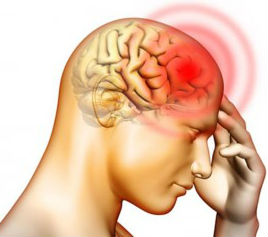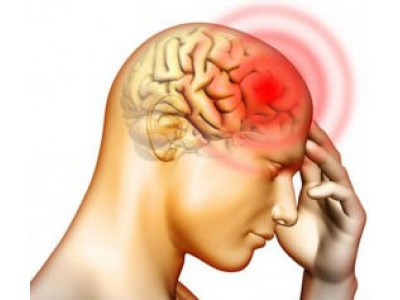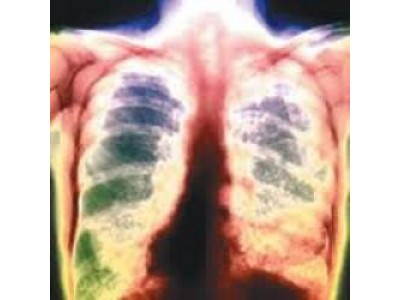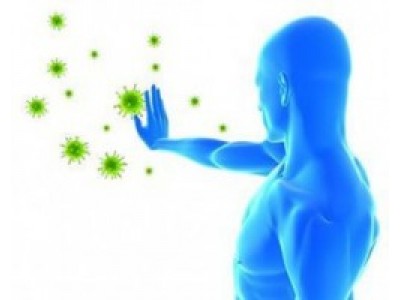 Dysautonomia or neurocirculatory dystonia is one and the same disease that arises from a variety of different causes. Dysautonomia, instability of the pulse, arterial pressure, pain in the heart, respiratory discomfort, vascular tone, reduced tolerance of physical and mental loads are characterized. With all this, this disease is not life threatening. In the subsequent articles of this cycle, we will dwell on each of the above symptoms in more detail.
Dysautonomia or neurocirculatory dystonia is one and the same disease that arises from a variety of different causes. Dysautonomia, instability of the pulse, arterial pressure, pain in the heart, respiratory discomfort, vascular tone, reduced tolerance of physical and mental loads are characterized. With all this, this disease is not life threatening. In the subsequent articles of this cycle, we will dwell on each of the above symptoms in more detail.
As for the causes of the disease, there are countless, and most of them do not have to be dealt with, unless these reasons are quite obvious. The origin of neurocirculatory dystonia is the imbalance in the autonomic nervous system, which participates in the regulation of the work of all human organs and systems.
The autonomic nervous system consists of two main parts - sympathetic and parasympathetic, whose activity should normally be balanced. But with this problem, there is complete disunity in the work of these two departments and the predominance of one department, then another, which causes a huge number of diverse and unstable symptoms, which often frighten patients. They are also frightening because in the overwhelming majority of cases dysautonomia develops in young people who are not used to diseases and do not expect their appearance so early. Therefore, young patients that suffer it often get the impression that they almost die, whereas the real threat to life is absent.
Usually patients complaint about pain or discomfort in the heart – cardialgia, in dysautonomia has some features that make it possible to distinguish it from pain of another genesis.
Patients are always very colorful and in detail describe the feeling of this pain. It, as a rule, arises in the left half of the thorax and carries an aching, stitching character. In contrast to pain in osteochondrosis, cardialgia never gives to other parts of the body and has little to do with the position of the body. Unlike angina pectoris, it does not become oppressive and burning, it is not associated with physical activity and can last for hours and even knocking. All this helps doctors differentiate (distinguish) one pain from another.
Also, it is well treatable with menthyl isovalerate or other soothing (sedative) remedies. As for the cause of pain in the thorax, it is still not reliably determined and this despite the fact that there are at least a dozen different theories. A number of them indicate that this pain is still cordial; other theories insist that it has no relationship to the heart. However, all agree on one thing: cardialgia is not life-threatening, and this must first be known to the patient. The clinical picture is manifested simply by the abundance of various symptoms. One of them is the instability of the pulse. This symptom can be conditionally divided into three types, which can be observed both individually and collectively in the same patient during the day. The first is a sinus arrhythmia which is observed in almost all patients. However, it does not bother the patient much, in addition, it is common in general for all young people.
The second is a constant tachycardia in dysautonomia, usually no more than 110-120 beats per minute or a rapid pulse more than 90 beats per minute. Sometimes, on this background patients note heartbeat - severe strokes in the chest, but they are always painless and rarely violate the quality of life. At the same time, at times the heart rate can decrease to normal values. But given that the increase and decrease in the heart rate is usually smooth, patients cannot always feel it.
The third is a sudden onset of tachycardia with a heart rate of 120-150 beats per minute, and sometimes even higher. Here they are, without attention, never really remain. This is a paroxysmal supraventricular tachycardia. It arises spontaneously, it is accompanied by a feeling of strong palpitation, an infusion of heat sometimes with dizziness and a headache. It is this kind of tachycardia that always makes one consult a doctor and scares so much that patients are forced to call an ambulance.
In conclusion, it should be noted that the pulse in dysautonomia can sometimes be not high, but on the contrary low - bradycardia, but this almost never disturbs patients and is usually an accidental finding. Arterial pressure with dysautonomia does not increase permanently, since if it stably remains above normal, then it is already hypertensive disease. Most often, blood pressure rises are detected accidentally during physical examinations, and the patient does not make any complaints. The figures for blood pressure are usually borderline and rarely exceed 150-160 / 100 mm Hg.
In order to distinguish usual hypertension from hypertension in dysautonomia, there is a so-called breath holding test, which you can conduct yourself. To do this, you need to measure blood pressure at rest, and then with a delay in breathing. If, with a delay in breathing, the blood pressure will be higher by 20-25 mm Hg. from the initial, it will testify in favor of the disease. But only on the basis of this test the diagnosis is not established.
As already mentioned, increased pressure in dysautonomia often remains unnoticed by the patient, but in some cases even the pressure is 140/90 mm Hg. leads to the development of symptoms. A headache usually worries. However, regardless of the level of pressure, the patient’s quality of life suffers. Constant discomfort contributes to an even greater activation of an already nervous system.
It must be said that sometimes the activation of the nervous system reaches a critical threshold, which results in a state like the sympathoadrenal crisis.
It should be noted that in case of this problem, not only an increase in blood pressure may occur, but also a decrease in hypotension, and if for hypertension the primary mechanism of pressure increase is the intensified work of the heart, then for hypotension it is the widening of the peripheral vessels and it usually manifests itself as weakness, drowsiness less often with mild dizziness.
Typically, for the treatment of such medications for dysautonomia, as:
•sedatives - they have a mild soothing effect on the human nervous system.
•tranquilizers - these drugs are also aimed at calming a person, but they differ from sedative drugs with more coarse exposure.
•antidepressants - such medications are aimed at eliminating depression.
Other medications are also used, however, they only affect external symptoms, and in no way affect their cause. Great benefit from them is not worth waiting for, however, they have a restorative effect on the human body.
"

